In the lush, spiritually charged lands of Bali, where daily life dances with the divine, every stage of human existence is honored through ritual. One of the most tender and deeply philosophical ceremonies is Tutug Kambuhan—a sacred rite performed when a newborn reaches 42 days of age.
More than a cultural formality, this ceremony is a soulful cleansing and a heartfelt farewell to unseen guardians who have quietly watched over the child since the womb.
Abulan Pitung Dina: The Sacred 42-Day Mark
Tutug Kambuhan, also known as Abulan Pitung Dina or Macolongan, is anchored in the Balinese wuku calendar system. One wuku spans seven days, and after six wuku—42 days—the baby is believed to have completed the most fragile phase of physical and spiritual development.
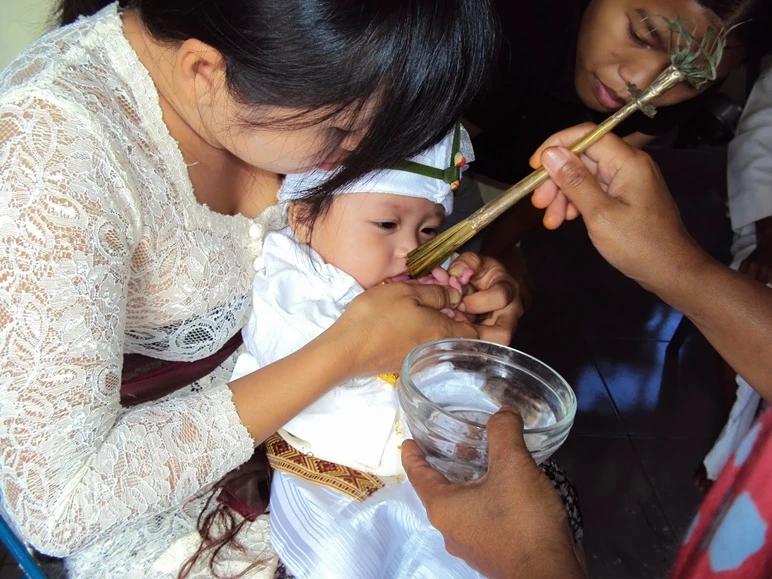
By this time, the umbilical cord has fallen, the baby’s skin has regenerated, and the body’s systems—digestion, sweat, tears—begin to function naturally. Spiritually, this is the moment when the baby is no longer considered cuntaka (ritually impure) and is ready to take the first step into the world as an integrated soul.
Honoring Nyama Bajang: Unseen Guardians of the Womb
The most poignant purpose of this ceremony is to honor and release Nyama Bajang—subtle spiritual entities believed to have guarded the fetus during pregnancy. These energies are manifestations of the divine, tasked with nurturing the baby in the womb. Once the baby is born and begins to thrive, Nyama Bajang’s role is complete.
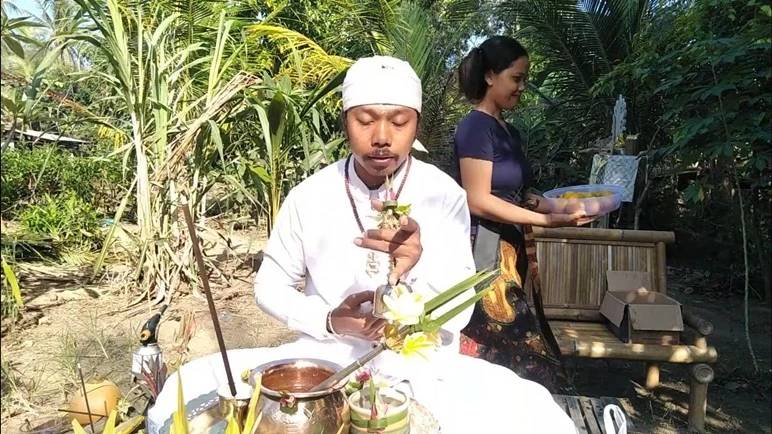
During the ceremony, the family gives thanks to these unseen protectors and respectfully sends them back to their realm. This spiritual goodbye is not a dismissal, but a reverent acknowledgment of divine help, cloaked in humility and gratitude.
A Ritual of Purification for Mother and Child
Tutug Kambuhan is not solely for the baby—it is also a sacred cleansing for the mother. After 42 days, she is considered to have completed her postpartum period. Her body, once in the process of healing, is now whole again. Through rituals such as melukat (spiritual purification) and natab (prayers and blessings), the mother is spiritually renewed, ready to return to the world and re-enter sacred spaces like temples.
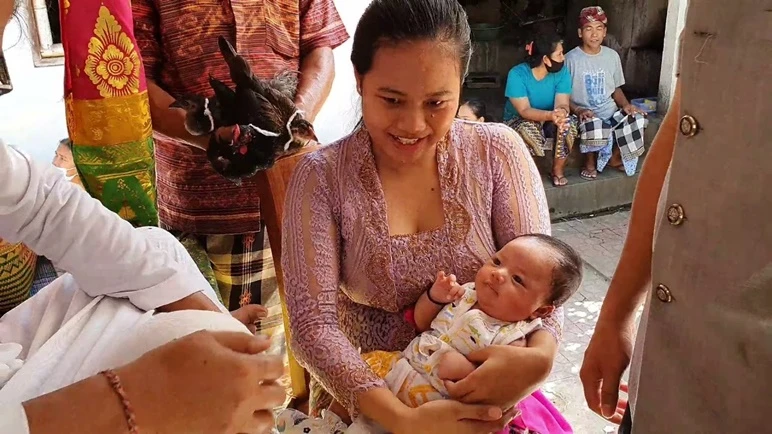
Meanwhile, the father also participates, especially when the baby’s umbilical cord falls off. He performs offerings (natab bea kala) and purification prayers to restore his own spiritual balance as a parent.
Tri Murti: The Divine Trio at the Heart of the Ceremony
Tutug Kambuhan is carried out in three key areas of the family compound, each reflecting the divine roles of the Tri Murti in Balinese Hinduism. In the kitchen, offerings are made to Dewa Brahma, the creator. At the bathing area, rituals honor Dewa Wisnu, the preserver. And at the family shrine, prayers are dedicated to Dewa Siwa, the purifier. These sacred spaces embody creation, preservation, and transformation—blessing the child’s journey with balance and harmony.
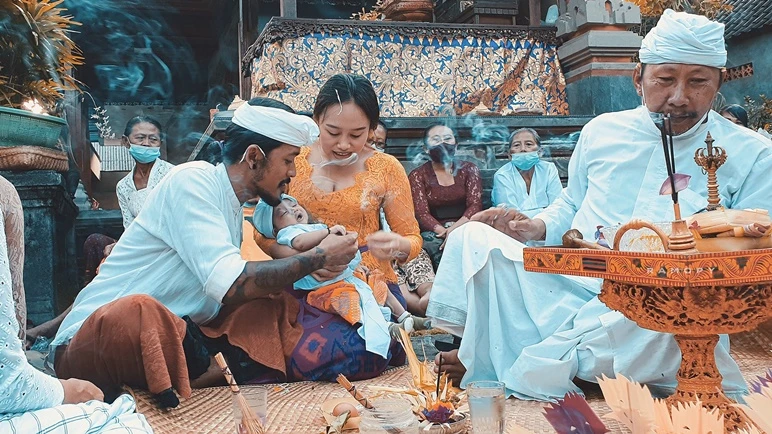
More Than a Ceremony—A Philosophy of Life
At its core, Tutug Kambuhan is a mirror reflecting the Balinese philosophy of Tri Hita Karana—harmony between humans, nature, and the divine. It teaches that even the invisible has presence, that life begins not with a name or birthday, but with a prayer. It is a moment when parents, family, and the universe come together to welcome a soul with full reverence.



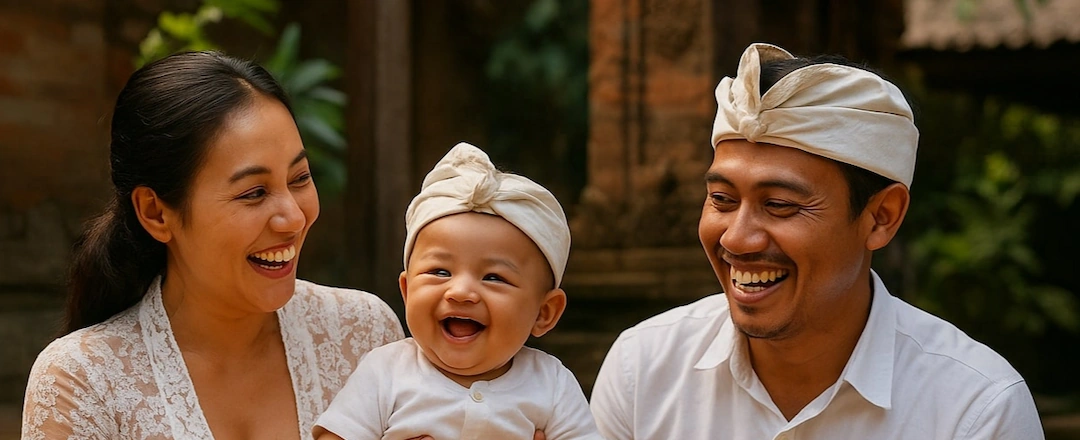
 Billy Bagus
Billy Bagus
 Jul 15, 2025
Jul 15, 2025






